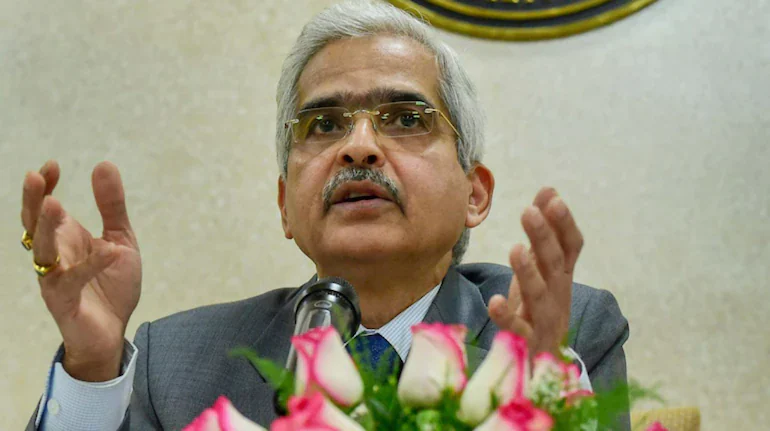
Liquidity withdrawal will be done in multi-year time frame: RBI Governor
- by acbconcept
The India Reserve Bank (RBI) has set up a 3.75% deposit center (SDF) as part of its liquidity management strategy. The central bank introduced the standing deposit center (SDF) to 3.75% to absorb excess liquidity. It has also decided to restore the corridor of the liquidity adjustment facility and marginal installations (MSF) to 4.25%.
Governor RBI stated that the introduction of the ongoing deposit facility would provide symmetry for monetary policy exploitation.Since the economic activity is barely above the pre-pandemic levels, but continues to recover regularly, the governor of RBI Shaktikanta DAS said that the central bank engaged in a gradual withdrawal of liquidity over a multi-year period beginning. This year.”RBI will participate in a gradual and multi-year withdrawal of 8.5 LAKH crores excess liquidity in the system,” said Shaktikanta Das.
Over the last two years, RBI has proposed LAKH CRore’s cash flow facilities, of which 11.9 RS Lakh Core has been used, he said, adding that RS 5 Core LAKH was returned. or withdrawn so far, but it continues to be a liquidity overhang of the RS 8.5 LAKH crore in the system because of the extraordinary measures of the pandemic.”Extraordinary liquidity measures taken after the pandemic, combined with liquidity injected through various RBI operations have left a liquidity surplus in the order of $ 8.5 billion in the system,” has declared the governor of RBI.
RBI Monetary Policy Live Updates HERE
The governor of the RBI also said: “The withdrawal of liquidity must be multi-year, may be two years, may be three years. It will depend on the evolving situation.”The goal is to restore the size of the liquidity surplus in the system at a level compatible with the dominant position of monetary policy,” said Shaktikanta Das.
DAS added that RBI will continue to adopt a nuanced and agile approach to liquidity management while ensuring adequate liquidity in the system.
“In doing so, I would like to reiterate our commitment to ensure the availability of sufficient liquidity to meet the production requirements of the economy. We also stay focused on the completion of the government’s debt program and to this end, the RBI will deploy various instruments as justified, “added the governor RBI.
The SDF allows the RBI to absorb the liquidity of commercial banks without having to give the government securities of the banks in exchange. When long-term liquidity is needed, the SDF can absorb it.The SDF has its origins in a 2018 amendment to the RBI Act and is an additional tool for absorbing liquidity without any warranty.
The India Reserve Bank (RBI) has set up a 3.75% deposit center (SDF) as part of its liquidity management strategy. The central bank introduced the standing deposit center (SDF) to 3.75% to absorb excess liquidity. It has also decided to restore the corridor of the liquidity adjustment facility and marginal installations (MSF) to 4.25%. Governor…
